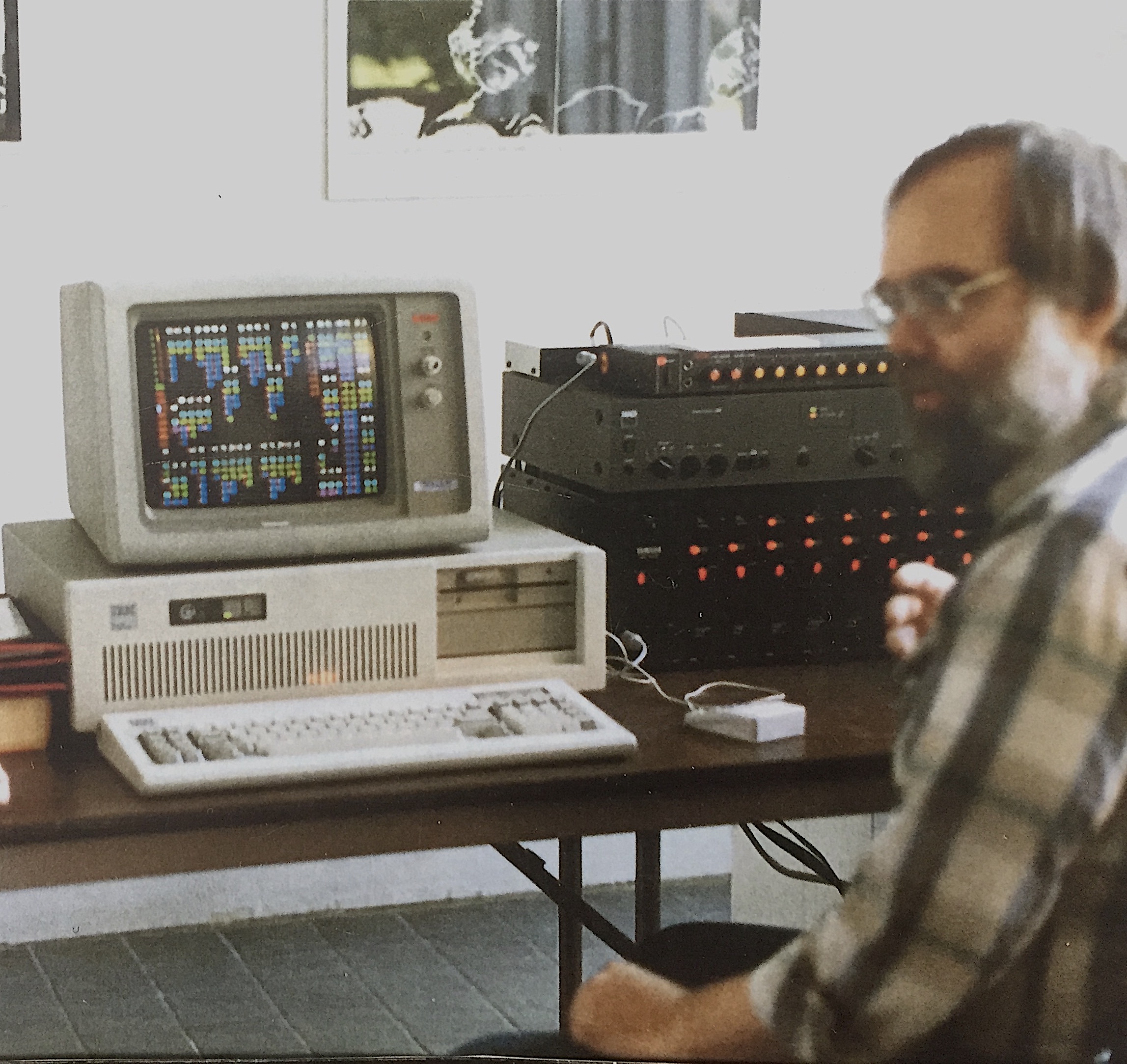
How much can you make as a front end develope..
Feb 16 - 2023

Want to stay up to date on the latest SVG? Sign-up for our newsletter and always be in the know on hot items!
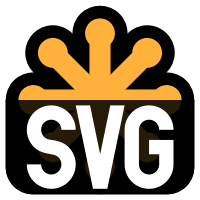
03
Jan
Scalable Vector Graphics
Scalable Vector Graphics (SVG) is an XML-based vector image display format for defining 2D graphics, having support for interactivity and animation. The SVG technology is an open standard developed by the World Wide Web Consortium (W3C) since 1999.
SVG pictures are defined in a vector graphics format and stored in XML text files. SVG images can thus be scaled in size without loss of quality, and SVG files can be searched, indexed, coded, and compressed. The XML text files can be created and edited with text editors or vector graphics editors, and are rendered by the most-used web browsers
SVG has been in development within the World Wide Web Consortium (W3C) since 1999 after six competing proposals for vector graphics languages had been submitted to the consortium during 1998 (see below).
Introduction
The early SVG Working Group decided not to develop any of the commercial submissions, but to create a new markup language that was informed by but not really based on any of them.[3]
SVG allows three types of graphic objects: vector graphic shapes (such as paths consisting of straight lines and curves), bitmap images, and text. Graphical objects can be grouped, styled, transformed and composited into previously rendered objects. The feature set includes nested transformations, clipping paths, alpha masks, filter effects and template objects. SVG drawings can be interactive and can include animation, defined in the SVG XML elements or via scripting that accesses the SVG Document Object Model (DOM). SVG uses CSS for styling and JavaScript for scripting. Text, including internationalization and localization, appearing in plain text within the SVG DOM, enhances the accessibility of SVG graphics.
The SVG specification was updated to version 1.1 in 2011. There are two 'Mobile SVG Profiles,' SVG Tiny and SVG Basic, meant for mobile devices with reduced computational and display capabilities.[5] Scalable Vector Graphics 2 became a W3C Candidate Recommendation on 15 September 2016. SVG 2 incorporates several new features in addition to those of SVG 1.1 and SVG Tiny.
Printing
Though the SVG Specification primarily focuses on vector graphics markup language, its design includes the basic capabilities of a page description language like Adobe's PDF. It contains provisions for rich graphics, and is compatible with CSS for styling purposes. SVG has the information needed to place each glyph and image in a chosen location on a printed page.
Scripting and Animation
SVG drawings can be dynamic and interactive. Time-based modifications to the elements can be described in SMIL, or can be programmed in a scripting language (e.g. JavaScript). The W3C explicitly recommends SMIL as the standard for animation in SVG.[8]
A rich set of event handlers such as "onmouseover" and "onclick" can be assigned to any SVG graphical object to apply actions and events.
Compression
SVG images, being XML, contain many repeated fragments of text, so they are well suited for lossless data compression algorithms. When an SVG image has been compressed with the gzip algorithm, it is referred to as an "SVGZ" image and uses the corresponding .svgz filename extension. Conforming SVG 1.1 viewers will display compressed images.[9] An SVGZ file is typically 20 to 50 percent of the original size.[10] W3C provides SVGZ files to test for conformance.
In conclusion there are many uses for SVG's in the real world that are better to use than standard image files. You won't go wrong when using SVG's from our website!

Feb 16 - 2023
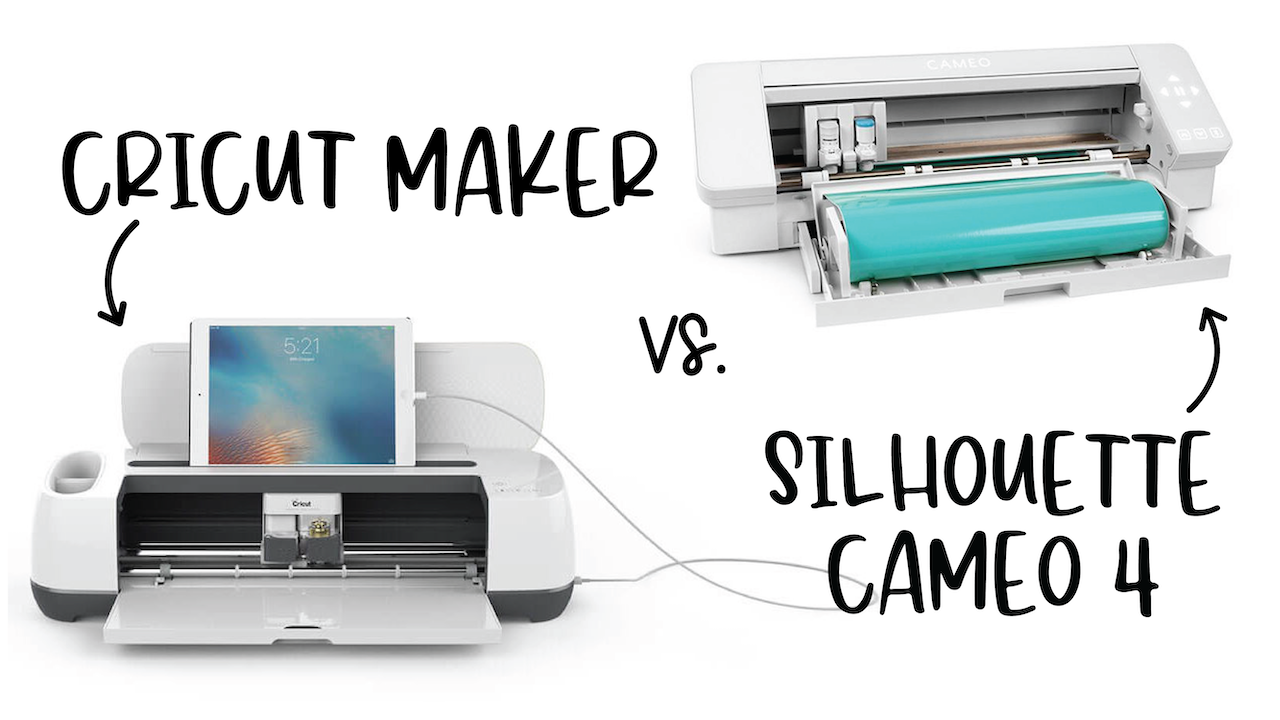
Feb 16 - 2023
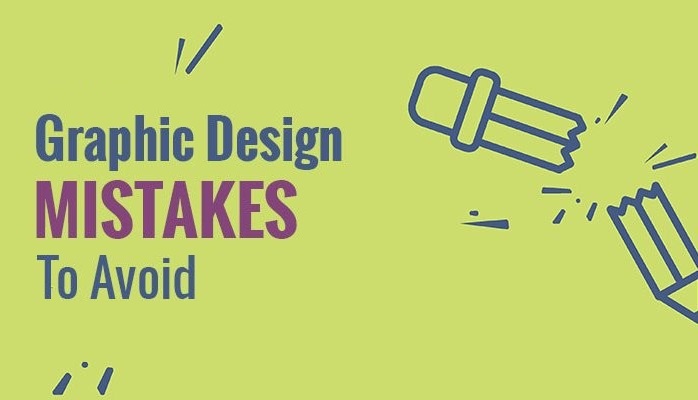
Feb 16 - 2023
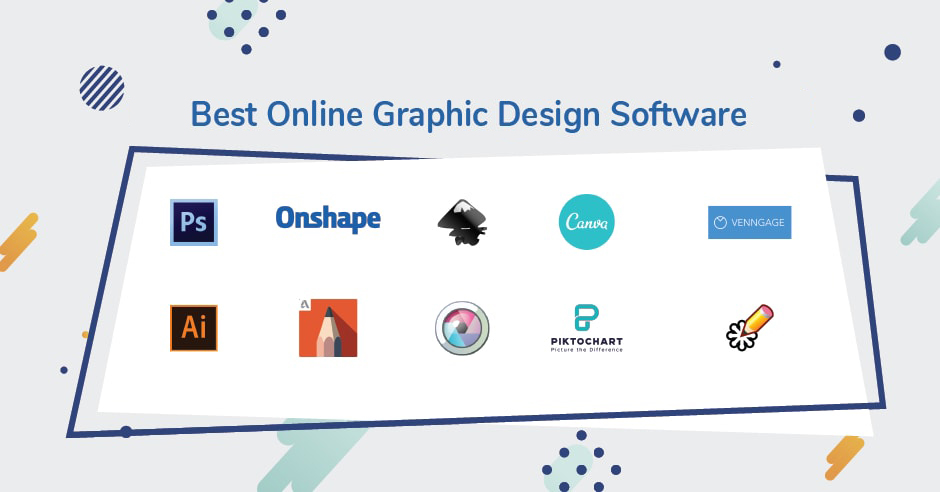
Jan 23 - 2023

Please Write your Email

